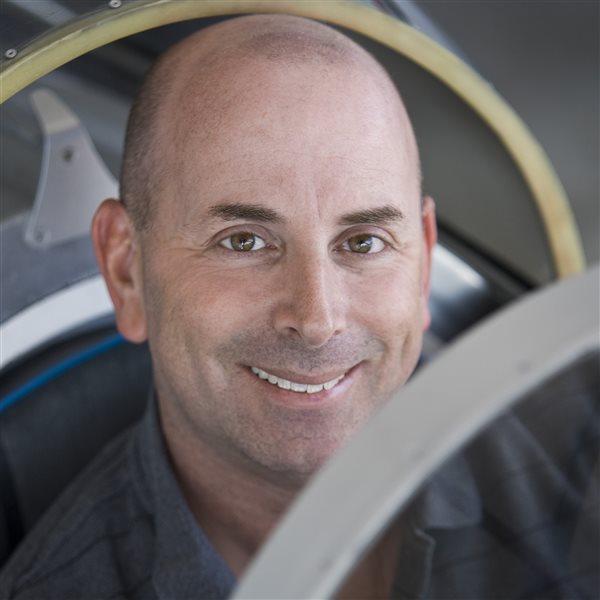| Much of the FAA bureaucracy is bypassed using the new IACRA (Integrated Airman Certification and/or Rating Application) system online. |
Now, the FAA has developed a secure, online application process known as IACRA (Integrated Airman Certification and/or Rating Application) that promises to streamline the paperwork process for new certificates and, eventually, slash wait times to as little as two weeks from the current average of eight weeks.
FAA officials strongly encourage flight students, instructors, and designated pilot examiners to learn about IACRA, and use it to replace the paper Form 8710, Airman Certificate and/or Rating Application. About 15 percent of today's certificate applications come to the FAA electronically through IACRA, but the agency wants that number to rise to 80 percent within three years.
"The old 8710 forms will never completely go away," said Greg French, the FAA's IACRA manager. "But the IACRA system offers some real benefits, and we're putting out information about it at all flight instructor refresher clinics, and we're encouraging all [designated pilot examiners] and [flight standards district offices] to use it. Word is getting out there."
The new system bypasses much of the FAA bureaucracy. A physical 8710 form, for example, typically travels from student to instructor to examiner to FSDO to the FAA's Airman Certification Branch in Oklahoma City, mostly by snail mail. The system is fraught with potential snags, and paper applications can get hopelessly ensnared.
If there is a problem with an application anywhere along the line (incorrect flight times, dates, wrongly checked or unchecked boxes, or illegible writing, for example), FAA officials kick back the application. When resubmitted, the well-traveled form goes through all the same antiquated, error-prone, labor-intensive, and time-consuming steps.
IACRA links users directly to the FAA's database and avoids FSDOs entirely.
The computer program won't allow many common errors, such as submitting flight times incompatible with the pilot certificate or ratings sought. And applicant mailing addresses and physical descriptions find their way onto the computerized forms automatically.
Applicants ranging from sport pilots to airline transport pilots can use IACRA, and the FAA plans to expand it to cover every conceivable airman rating. IACRA was developed in 2003, and it isn't what anyone would call an elegant piece of software. The interface is slow and, at times, confusing. If an applicant flew a Cessna 172 in training, for example, he or she must enter CE-172-S in the box--and for goodness sake, use dashes, not slashes, or the computer will spit it out.
IACRA users have a new number to remember. It's known as an FAA Tracking Number (FTN), and woe to the prospective pilot who forgets his or hers. Security-conscious FAA employees guard the numbers closely.
Jonathan J. Greenway, chief flight instructor for the AOPA Air Safety Foundation, advises applicants to write their FTNs in pilot logbooks right away so the numbers don't get lost. He also says student pilots should get their medical certificates early in their training because those certificates allow access to IACRA; use a high-speed Internet connection, and go to the FAA's IACRA practice Web site before attempting to submit a real application.
"I can still fill out a paper 8710 form faster than I can go through the same steps on the computer," said Greenway, who be-gan using IACRA two years ago. "But I like the fact that IACRA won't let me make some kinds of errors. And applicants get their permanent [certificates] much faster with IACRA than paper forms."
Greenway plans to use IACRA exclusively to process flight instructor renewals at the Air Safety Foundation's Flight Instructor Refresher Clinics. Eventually, he expects to use the FAA technology for about 1,200 applications a month.
"The FAA's putting a lot of effort into fixing flaws in the software and making the process work more smoothly," he said. "They've made good progress so far, and IACRA holds a lot of promise."
The FAA's French says some long-time examiners resist moving online. But IACRA has won over many of those who once opposed making the switch. "Once they've made the adjustment, they're very satisfied," French said. "No one wants to go back to the old way of doing things."
Dave Hirschman is a senior editor for AOPA Flight Training and AOPA Pilot magazines. He is an airline transport pilot and flight in-structor who has specialized in tailwheel and aerobatic instruction since 1999.
Want to know more?
Links to additional resources about the topics discussed in this article are available at AOPA Flight Training Online.

